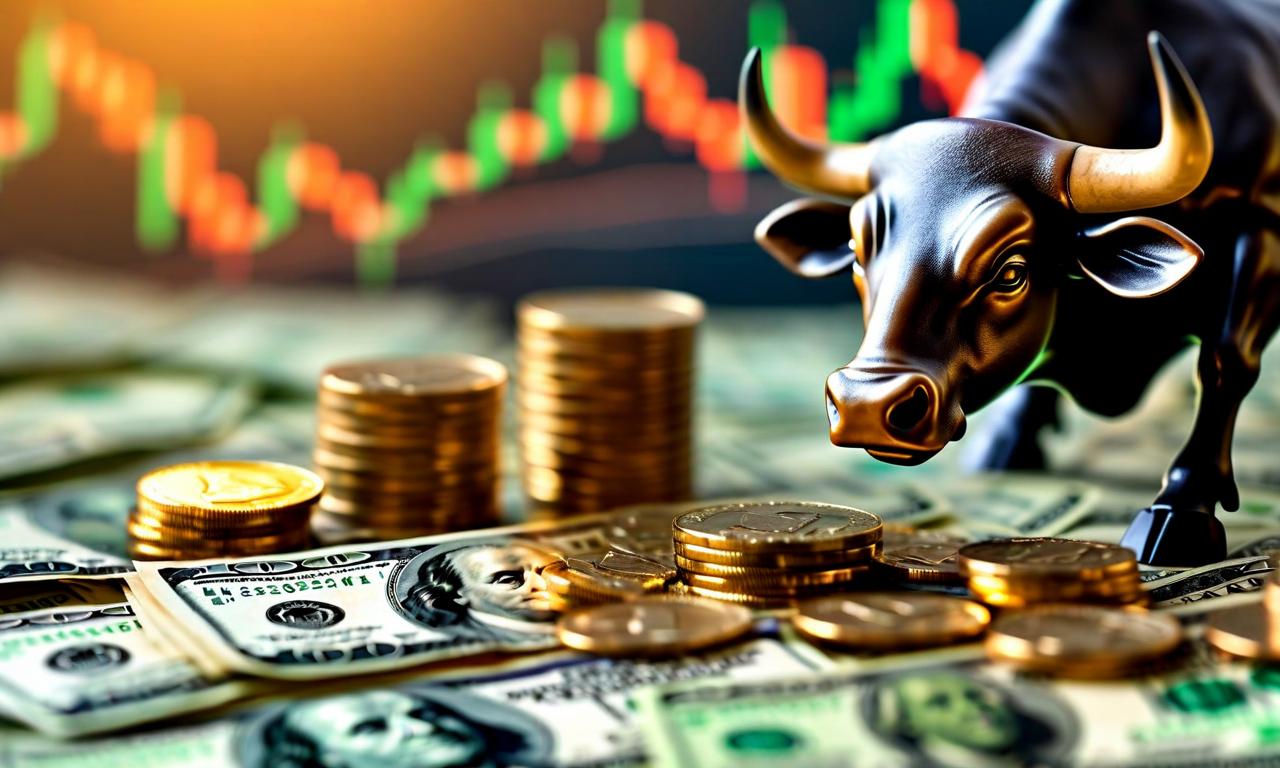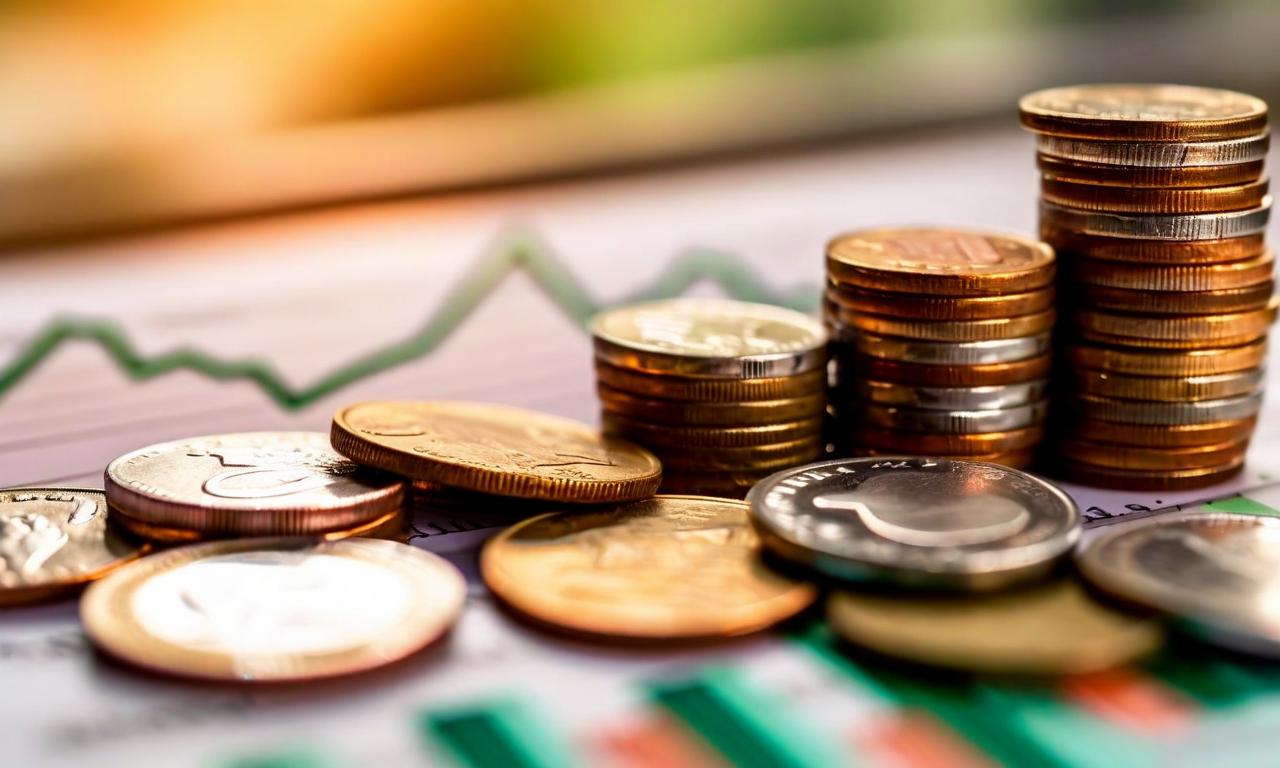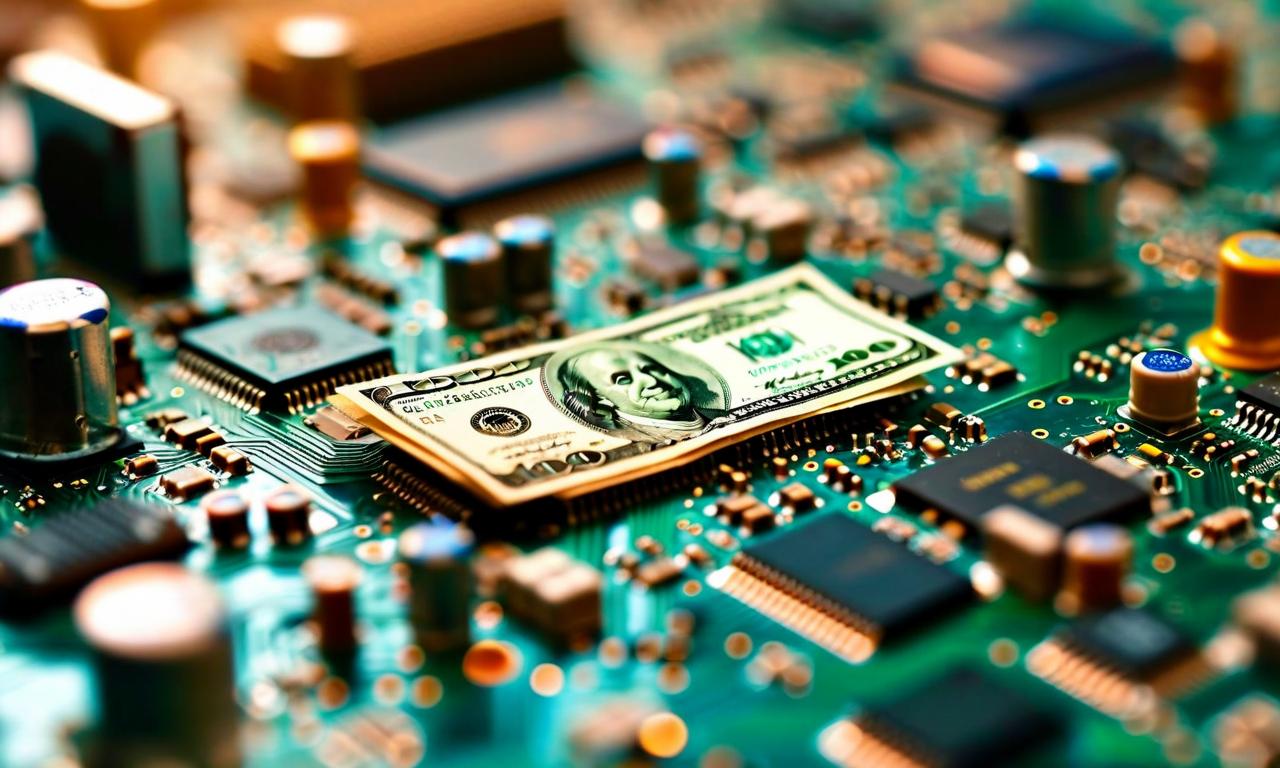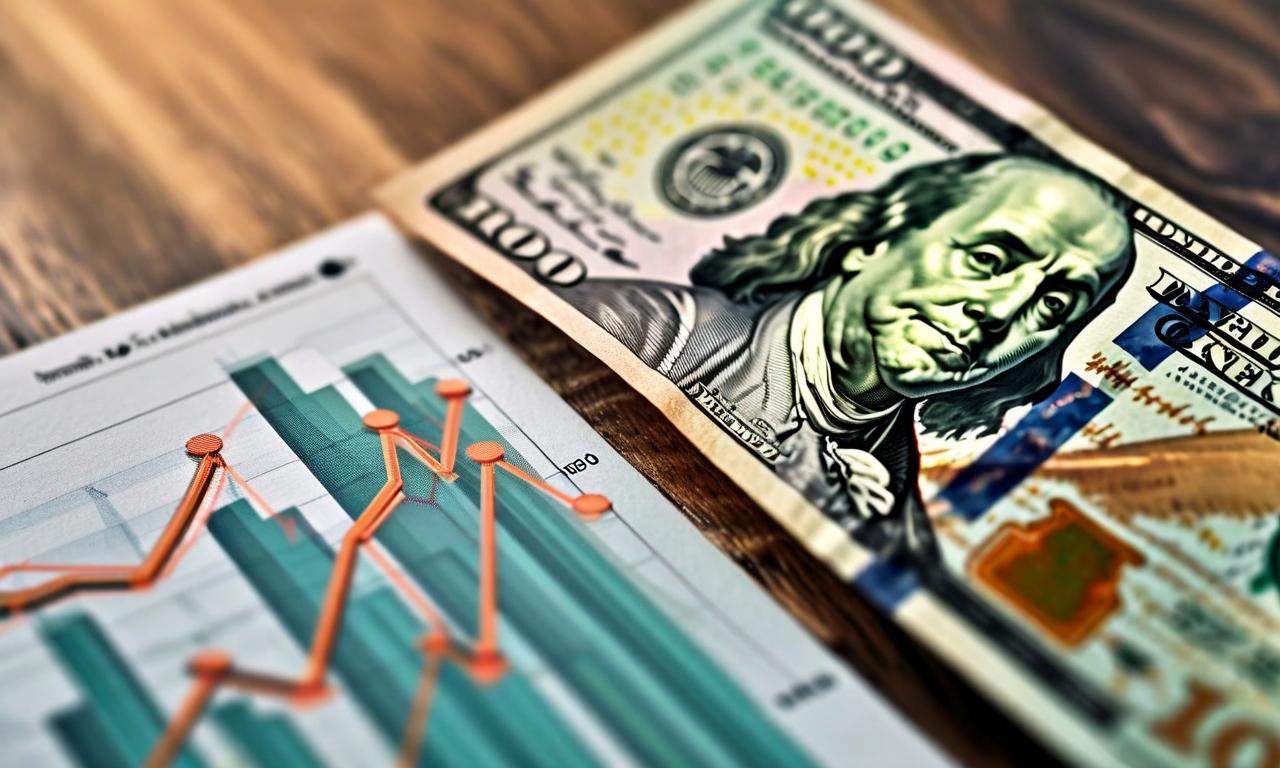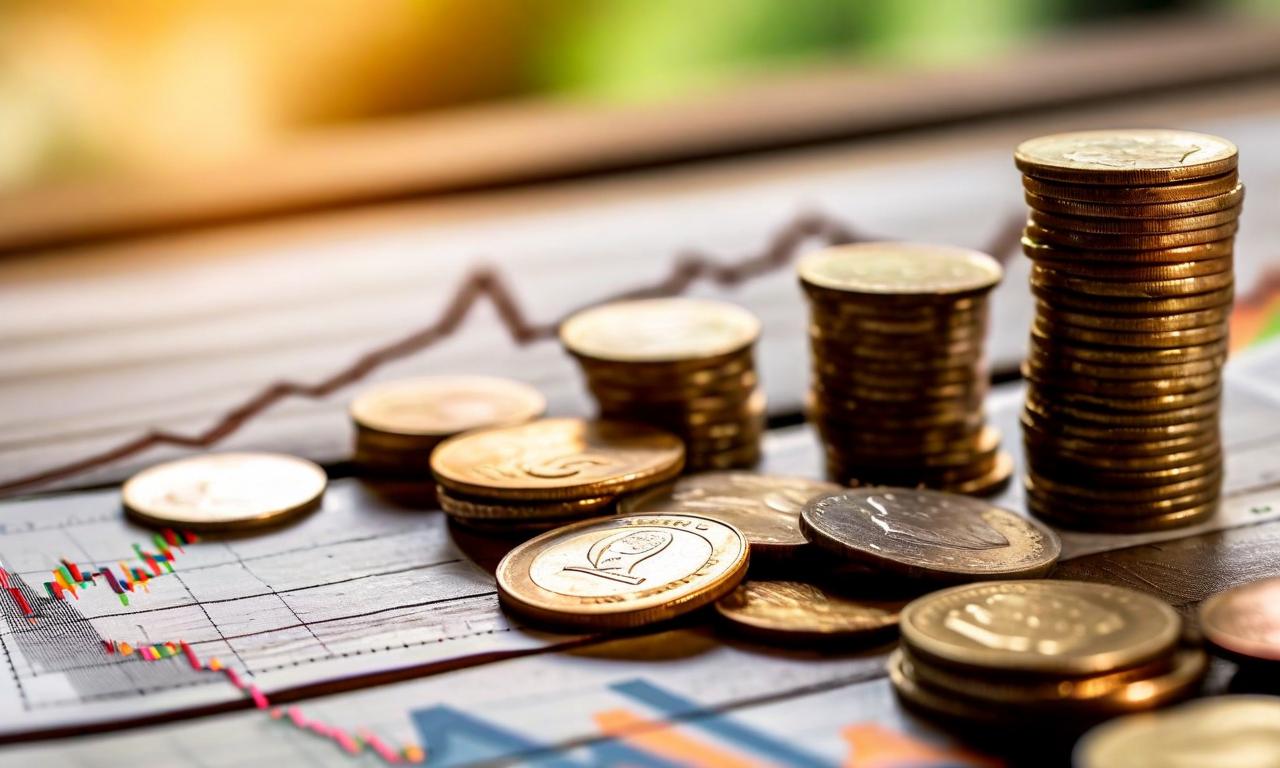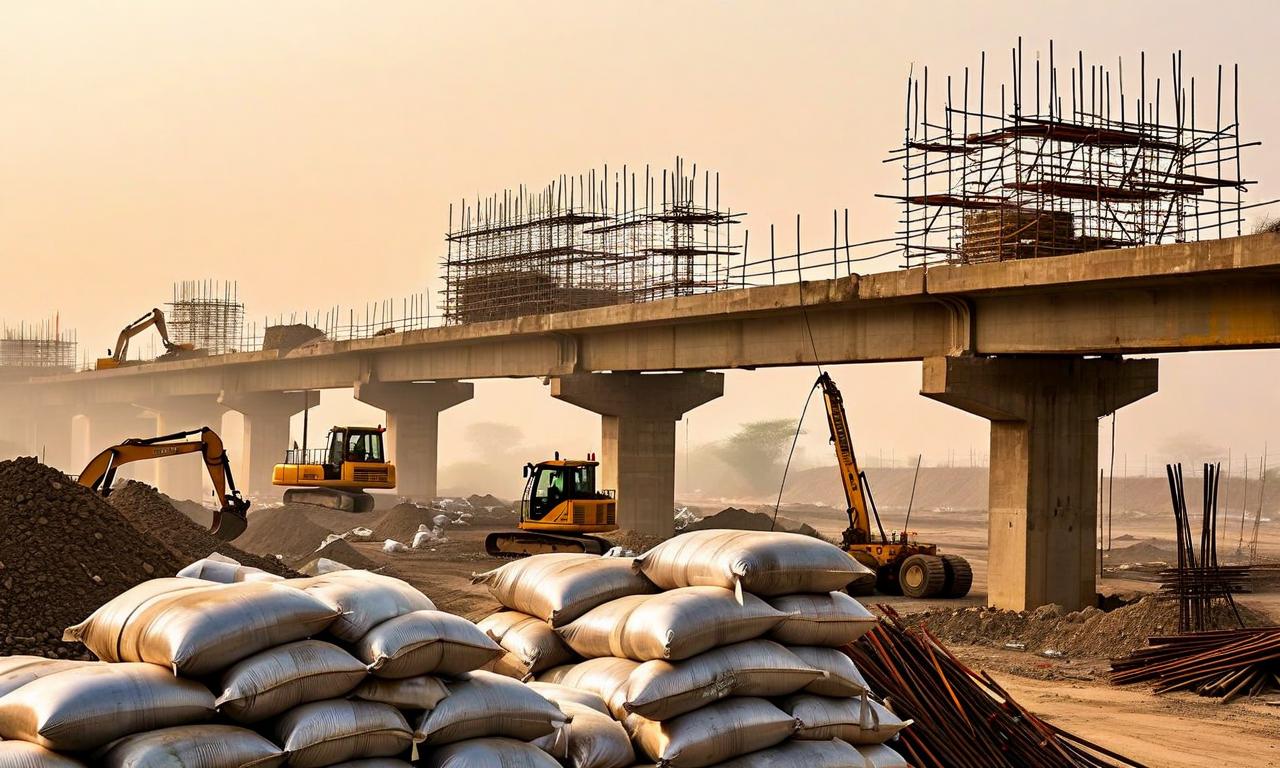Indian Rupee: An Overview and Recent Developments
RBI Governor Sanjay Malhotra stated that the rupee's movement against the US dollar is driven by macroeconomic fundamentals rather than policy intervention. The US dollar has depreciated about 10% from its peak this year, while the rupee hasn't appreciated as much as other major currencies due to higher tariffs and capital outflows. Malhotra highlighted that inflation is at an eight-year low, below RBI's target band, and growth is projected at 6.80%. He noted that higher tariffs pose limited risk to growth given India's domestic-driven economy, but resolving trade issues could potentially boost growth projections.

*this image is generated using AI for illustrative purposes only.
Introduction
The Indian Rupee (INR) is the official currency of India, one of the world's largest and fastest-growing economies. As a key player in global trade and finance, understanding the Indian Rupee's position and dynamics is crucial for investors, economists, and policymakers alike.
Key Aspects of the Indian Rupee
Historical Context
The Indian Rupee has a rich history dating back to ancient times. In the modern era, it has undergone significant changes, including decimalization in 1957 and various economic reforms since the 1990s.
Economic Significance
As the currency of one of the world's major economies, the Indian Rupee plays a vital role in international trade and investment. Its value and stability are closely watched indicators of India's economic health.
Exchange Rate System
India follows a managed float exchange rate system, where the Reserve Bank of India (RBI) intervenes in the foreign exchange market to reduce volatility and prevent extreme fluctuations in the rupee's value.
Factors Influencing the Rupee
Several factors can impact the value and performance of the Indian Rupee:
- Economic growth and inflation rates
- Foreign investment flows
- Global oil prices
- Geopolitical events
- Monetary policy decisions by the RBI
Recent Developments
RBI Governor Sanjay Malhotra has stated that the rupee's movement against the US dollar reflects macroeconomic fundamentals rather than policy intervention. Speaking at an IMF session in Washington DC, Malhotra emphasized that the central bank does not target specific currency levels.
Malhotra noted that the US dollar has depreciated about 10.00% from its peak this year, while the rupee has not appreciated as much as other major currencies due to higher tariffs and capital outflows. He described this as a correction from the rupee's earlier outperformance period.
Economic Outlook
On the domestic economy, Malhotra highlighted several key points:
- Inflation is now below RBI's target band at an eight-year low
- Growth is projected at 6.80%
- Capacity utilization is improving with visible sectoral green shoots
- Uncertainty continues to affect business and household confidence
Regarding trade concerns, Malhotra stated that higher tariffs pose limited risk to growth given India's domestic-driven economy. However, he acknowledged that resolving trade issues could potentially boost the 6.80% growth projection.
RBI's Stance on Currency Movement
The RBI Governor's recent statements underscore the central bank's commitment to allowing market forces to determine the rupee's value while maintaining overall stability. This approach aims to balance the currency's competitiveness with the need to prevent excessive volatility.
Conclusion
The Indian Rupee remains a crucial component of the global financial system, reflecting India's economic strength and challenges. Its performance is closely tied to both domestic factors and international economic conditions, making it an important currency to watch in the global marketplace.
The RBI's stance on allowing market-driven currency movement, while ensuring stability, indicates a balanced approach to managing the rupee. This strategy aims to maintain the currency's competitiveness while preventing excessive volatility.


